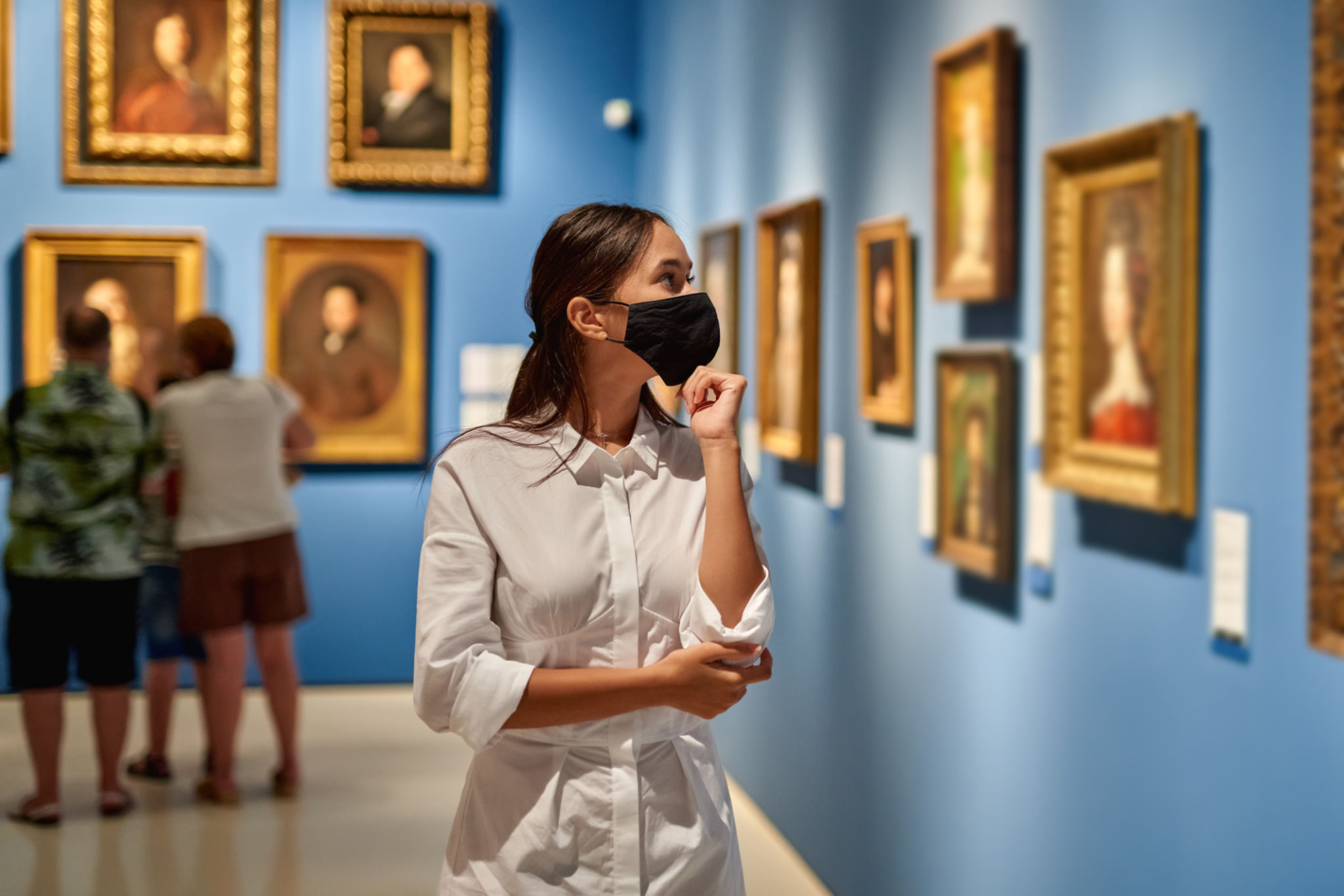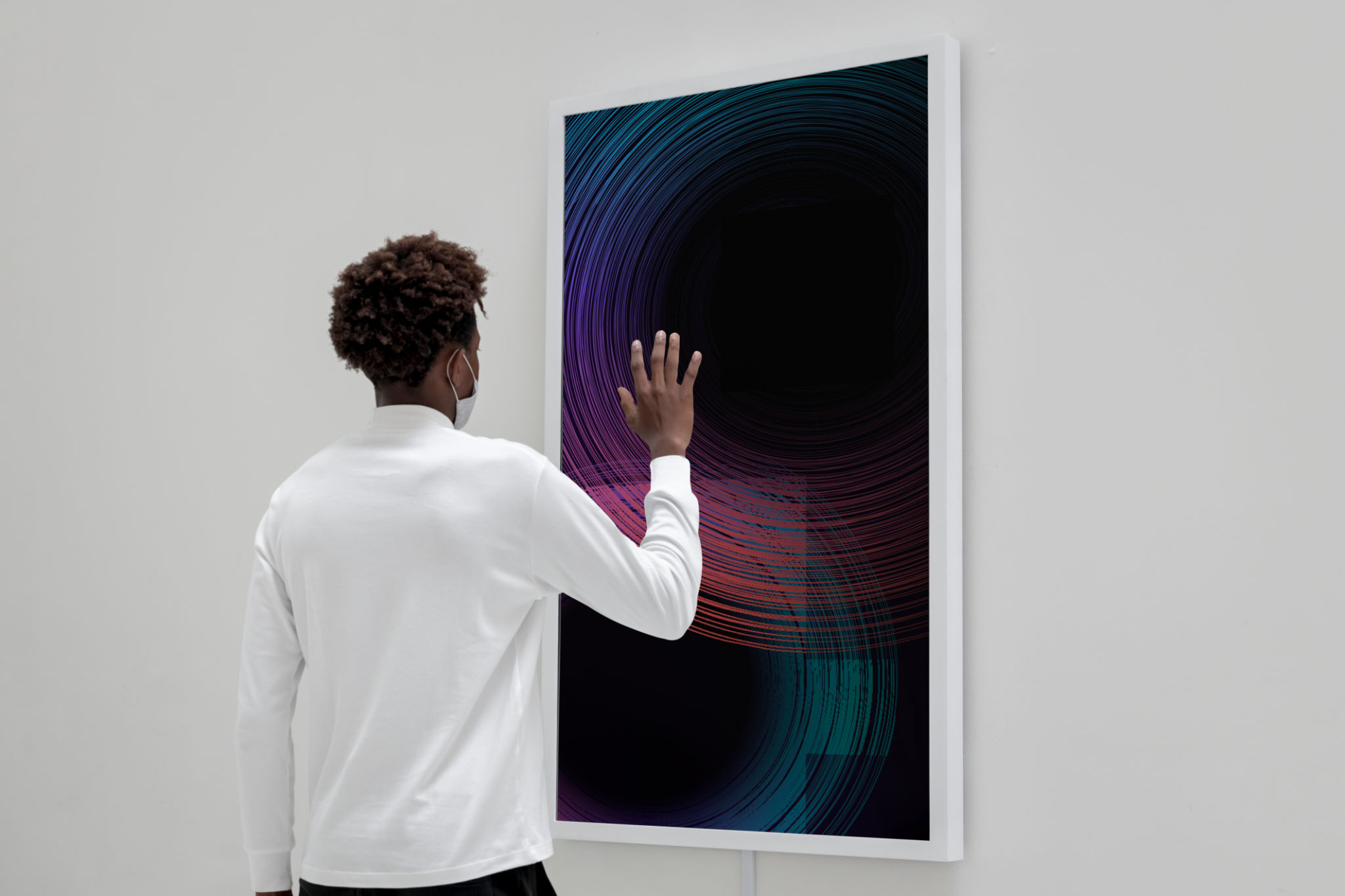Illusion Museums vs. Traditional Museums: What's the Difference?
Understanding Museums: A Journey Through Time and Imagination
For centuries, museums have been the custodians of history, art, and culture, offering visitors a chance to connect with the past and explore the wonders of human achievement. Traditional museums have long been revered for their ability to educate and inspire through carefully curated exhibits. However, in recent years, a new kind of museum has emerged, captivating audiences with its unique approach: the illusion museum.
Illusion museums offer an entirely different experience compared to their traditional counterparts. They focus on engaging the senses and sparking curiosity through interactive installations and mind-bending visual tricks. As these two types of museums continue to grow in popularity, it's essential to understand their key differences and what they offer to visitors.

The Traditional Museum Experience
Traditional museums are often characterized by their vast collections of artifacts, artworks, and historical objects. These institutions provide a wealth of knowledge and insight into various cultures and time periods. Visitors can expect to see everything from ancient relics and classical paintings to modern art installations and scientific discoveries. The emphasis in traditional museums is on education and preservation.
Many traditional museums offer guided tours, lectures, and educational programs designed to enhance the visitor's understanding of the exhibits. This structured approach allows for a deeper dive into the subject matter, making them ideal for those seeking a more informative experience.
The Rise of Interactive Exhibits
In recent years, traditional museums have begun to incorporate interactive elements to engage younger audiences and adapt to changing visitor expectations. These additions often include touchscreen displays, virtual reality experiences, and interactive workshops. While these features add an element of fun, they still maintain the core purpose of educating and preserving history.

Exploring Illusion Museums
Illusion museums, on the other hand, prioritize entertainment and sensory engagement. These venues are designed to trick the eyes and challenge perceptions through innovative use of space, light, and perspective. Visitors encounter a series of optical illusions, 3D art pieces, and interactive installations that invite them to become part of the exhibit.
The primary goal of illusion museums is to provide a playful environment where visitors can explore their creativity and experience wonderment. These museums often encourage photography, allowing guests to capture their interactions within the exhibits and share them on social media.
Creating a Unique Visitor Experience
Unlike traditional museums, which can sometimes feel formal or rigid, illusion museums foster a more relaxed atmosphere where visitors are encouraged to interact with the displays actively. This approach attracts a diverse range of visitors, from families looking for a fun day out to artists seeking inspiration from unconventional perspectives.

Choosing Between Illusion and Traditional Museums
When deciding which type of museum to visit, it ultimately comes down to personal preference and what kind of experience you're seeking. If you're interested in learning about history and culture in a structured setting, a traditional museum might be the perfect choice. These institutions offer a treasure trove of knowledge waiting to be uncovered.
On the other hand, if you're looking for an engaging experience that challenges your senses and sparks creativity, an illusion museum could be the way to go. These venues offer a playful escape from reality that will leave you questioning your perception of the world around you.
A Harmonious Coexistence
Despite their differences, both types of museums play a vital role in enriching our lives. Traditional museums preserve our past and educate future generations, while illusion museums encourage us to see the world through new eyes. Together, they ensure that art and culture remain vibrant and accessible to all.
